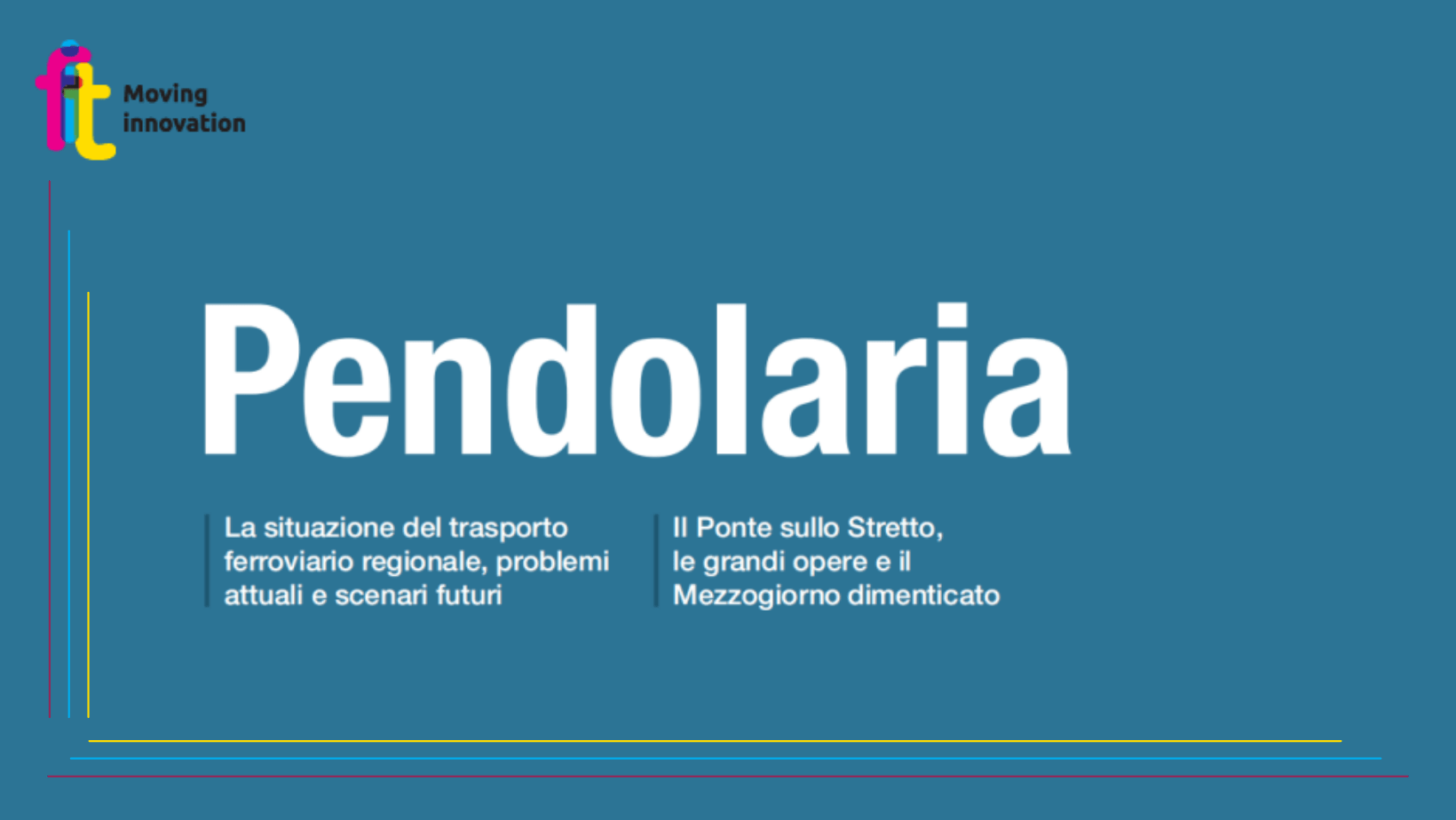Italy ranks last, compared to the United Kingdom, Germany and Spain, in terms of sustainable rail mobility(subways, tramways and suburban railways). This was revealed by the report“Pendolaria – Special on urban areas’ by Legambiente presented in recent days as part of the Clean Cities campaign.
Especially weighing on Italy’s positioning would be thelack of adequate infrastructure which, as a result, would cause an increase in traffic and smog due to high car use. The Peninsula confirms itself the nation most dependent on car use, with one of the largest car fleets in Europe. We are talking about 666 cars per thousand inhabitants, 30% more than the average in France, Germany and Spain.
The lack of interconnections between the various mass transport, LPT and soft mobility lines, and the lack of integration of stations with the urban pedestrian and cycling fabric would therefore lead Italians to prefer the car for their journeys.
The (negative) primacy of Rome and the Mezzogiorno
Among the examples, unfortunately in a negative sense, the city of Rome stands out. In fact, the capital is among the worst European cities in terms of track and metro equipment, and nationally, it is the municipality most affected from 2010 to 2023 by extreme weather events that caused damage to public transport infrastructure or service disruptions.
“The ‘Great Forgotten One’ – as defined by Pendolaria – is then the Mezzogiorno. In the south, trains are older: the average age of trainsets is 18.1 years, down from 19.2 years in 2020 and 18.5 in 2021, but still far behind the 14.6 years in the north. There are two record cases of ‘seniority’ of rolling stock: in Molise the average age is 22.6 years, in Calabria 21.4 years.
Lack of investment
On the rail investment front, the report shows that Italy has done very little, preferring road investments instead. Not a single kilometre of new tramways was inaugurated in 2023, while the only addition under the underground heading concerns the opening of a new section of the M4 in Milan. And if we look back over the years, from 2016 to 2023, only 11 km of tramways and 14.2 of metros were built, with an annual average of 1.375 km and 1.775 km respectively, far from what would be needed to catch up with the European average.
The data
In Italy, the total length of metro lines therefore stops at just under 256 km. In the UK it is 680.4 km; in Germany 656.5 km and in Spain 615.6 km. The total number of kilometres of metros in our peninsula is less than or comparable to that of individual European cities such as Madrid (291.3) or Paris (225.2). Regarding tramways, there are 397.4 km of tramways in Italy, a far cry from the 875 km in France and especially the 2,042.9 km in Germany. The situation is similar for suburban railways, the ones taken by many commuters every day, where Italy has a total network of 740.6 km while there are 2,041.3 km in Germany, 1,817.3 km in the UK and 1,442.7 in Spain.
The solutions proposed by Legambiente
If Italy intends to meet the objectives of the European Green Deal – i.e. to cut emissions by 55% by 2030 and to zero them by 2050 -, according to Legambiente it will be necessary to provide new funding, up to 2030, equal to 500 million per year to strengthen regional rail services with the purchase and revamping of trains; as well as 200 million a year to improve the Intercity service or an increase of at least 1 billion in the National Transport Fund (which finances rail and road transport). An expense, according to Legambiente, within the country’s reach, through careful planning of European, Italian and regional funding. “Resources,” reads the Pendolaria website, “can be recovered from subsidies to fossil and polluting sources, as well as by rethinking road and motorway projects that are harmful to the environment and the economy.
More information on the report ‘Pendolaria – Special Urban Areas’ is available at www.pendolaria.it/rapporto-pendolaria-2024








